Course description
Computer AIs can now play Dota, Starcraft, and Go better than any human. But have you ever wondered what happens when dozens, hundreds, or millions of these intelligent agents face off against each other? This is not a hypothetical question: many phenomena in the social world, from economic development to international relations, are formed by the interaction of entities far more complex than these machine learning systems. In this course, we will go through the basics of how computers learn and make choices, building up to an introduction to reinforcement learning. We will discuss the limitations of this model, using insights from game theory and behavorial economics to paint a more complete picture of human decision-making. We then use this bottom-up framework to explore opinion aggregation, the evolution of cooperation, and the emergence of societal norms. This provides a means for us to conceptualize both nuances in human behavior and structural inequalities that are not captured by traditional economic models. Finally, we answer the question of whether the flap of a butterfly wing can change weather patterns, concluding with a discussion of complexity science and how it informs the way we build theories of social systems.
Instructors
| Sihao Huang | Julia Balla |
|---|---|
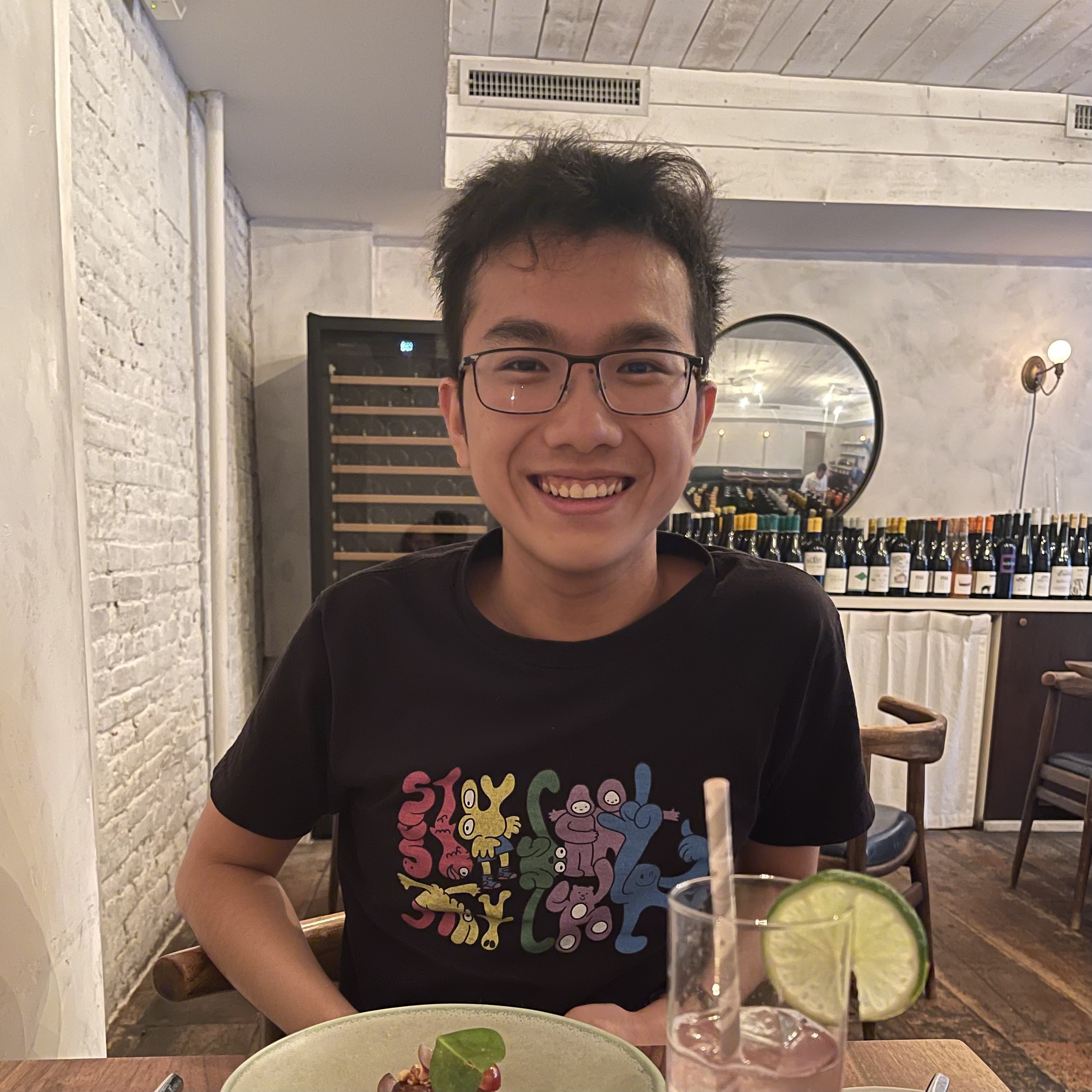 |
 |
Lectures
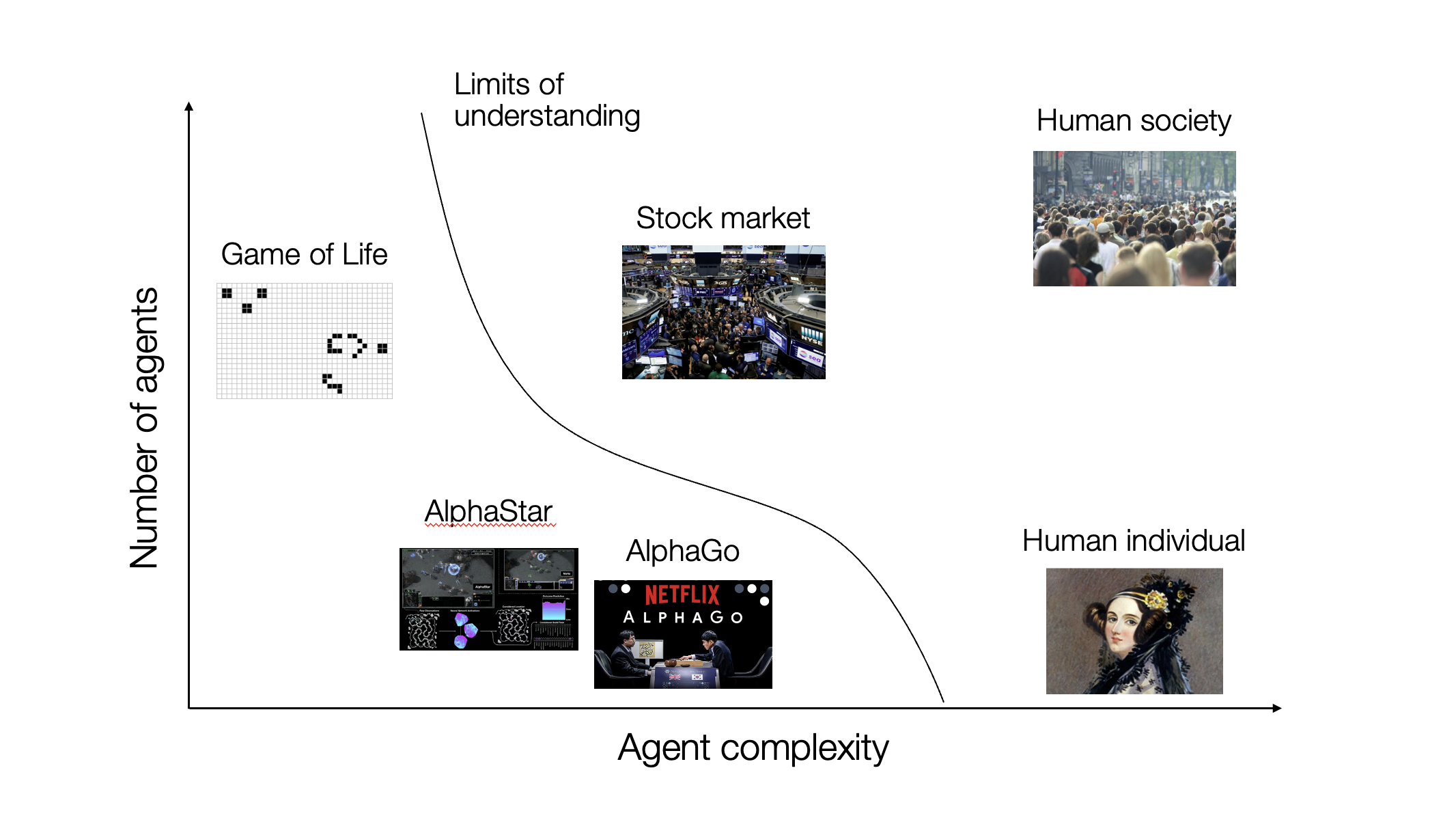
Lecture 1
What is a multi-agent system? We start with an outline of the course, followed by an intro to reinforcement learning to model a single agent’s ability to learn by interacting with its environment. [download]
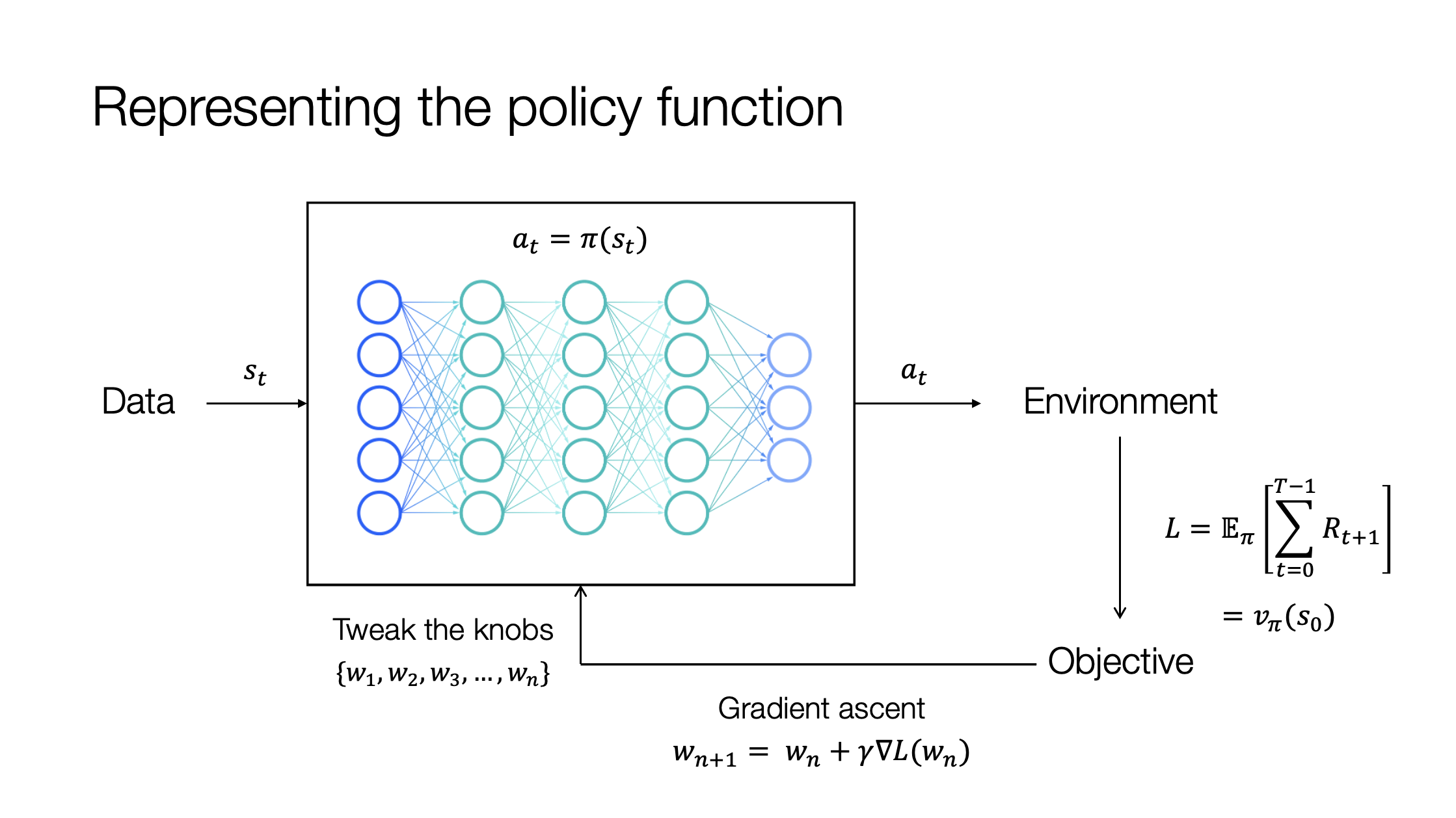
Lecture 2
How do machines learn? An introduction to Deep Reinforcement Learning, covering popular methods such as Policy Gradients, Deep Q-learning, and Actor-Critic. [download]
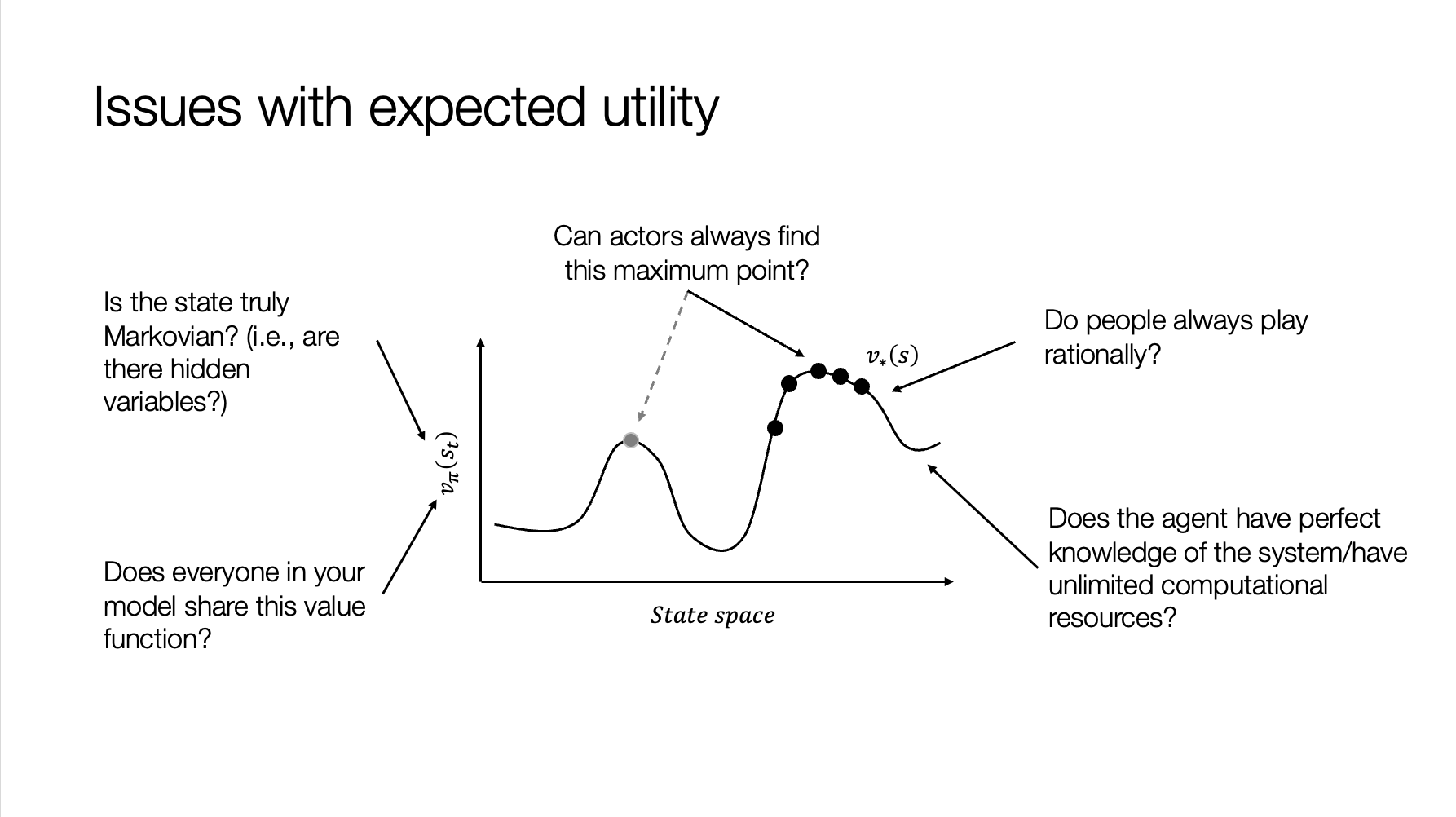
Lecture 3
How do humans learn? Using insights from behavioral economics, we explore the correspondence between humans and RL agents through the lens of the expected reward/utility hypothesis. [download]
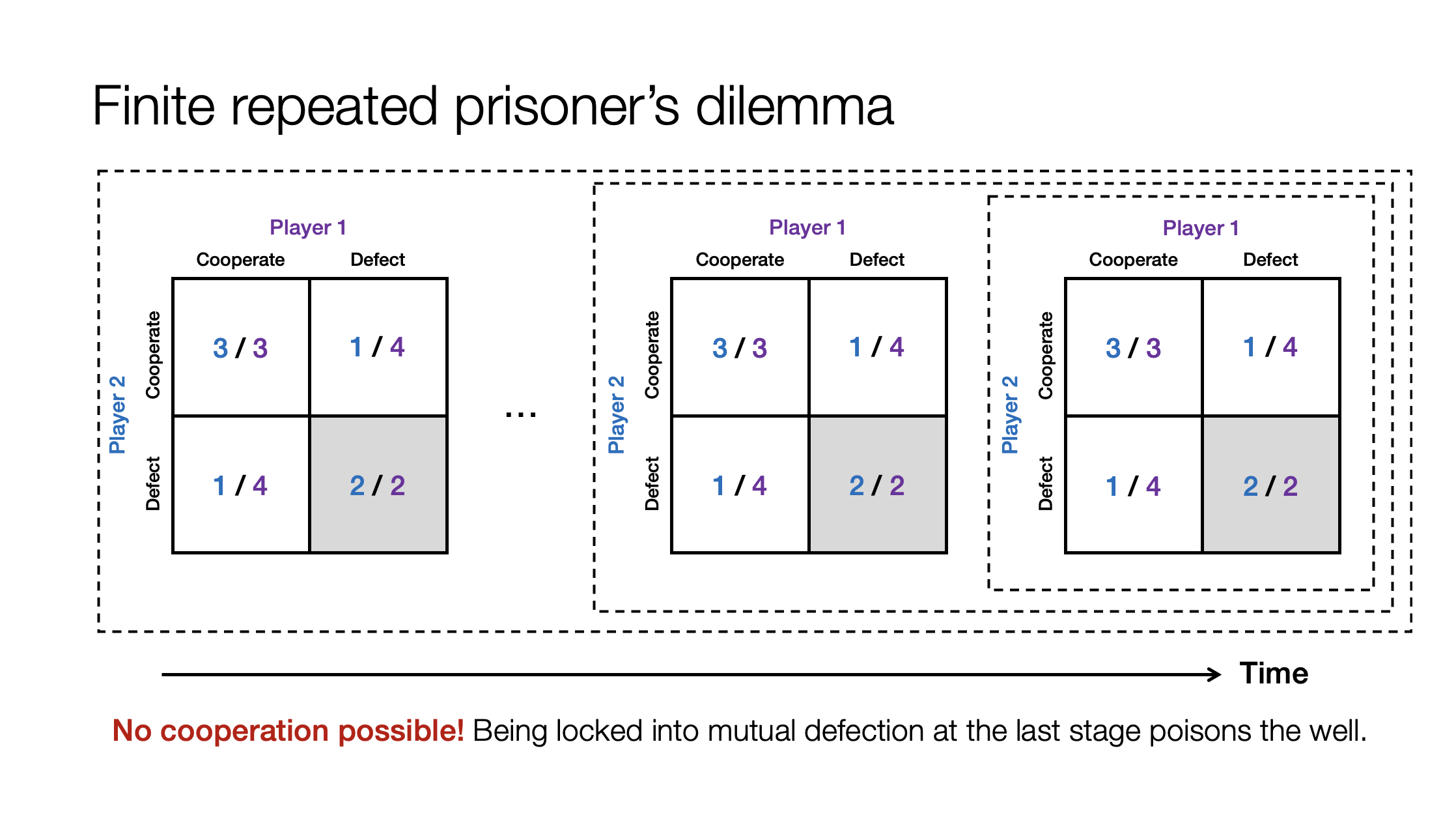
Lecture 4
How do two or more interacting agents learn? We introduce game theory as a tool for studying multi-agent decision problems with applications to cooperation and the enforcement of social norms. [download]
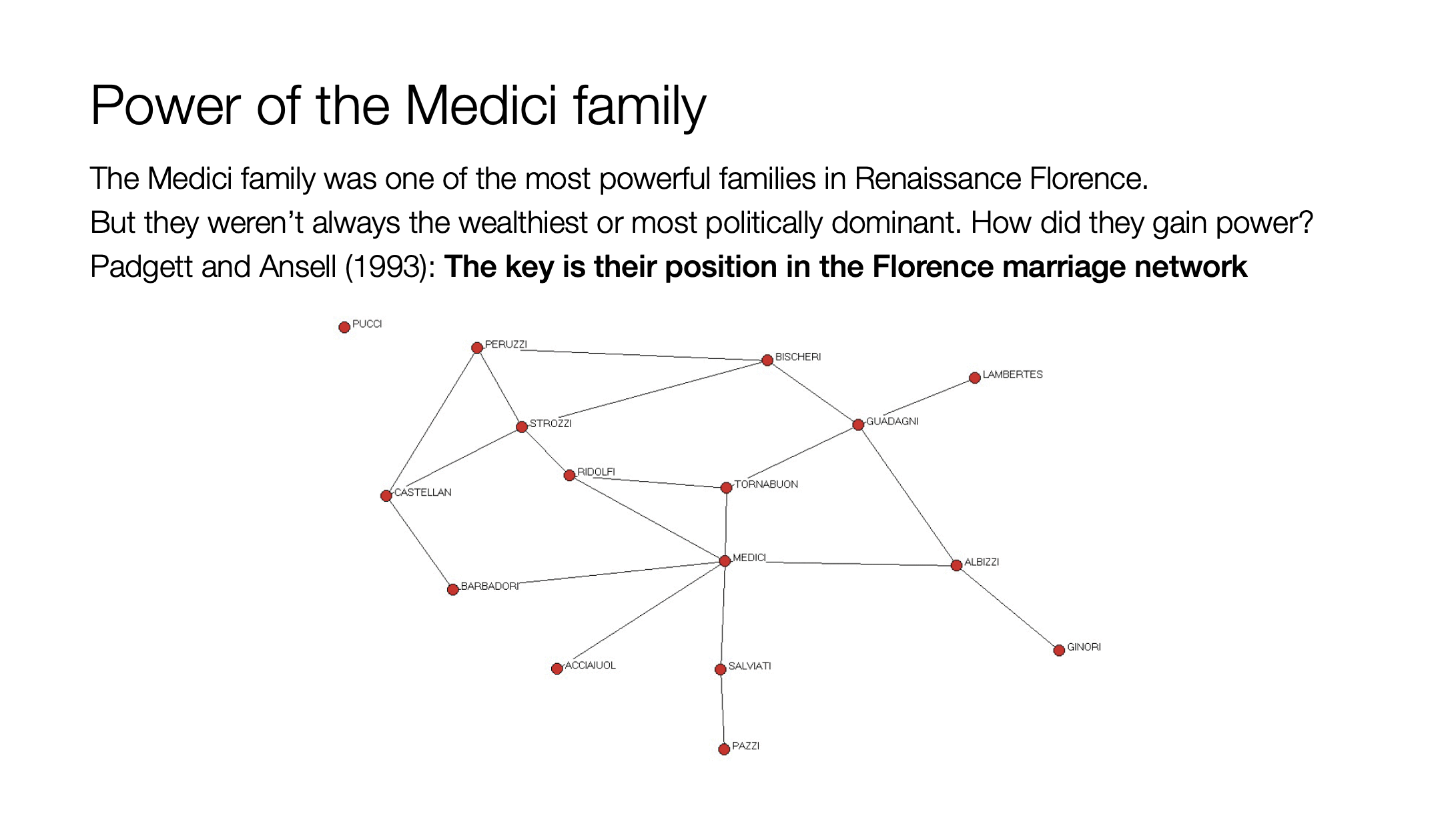
Lecture 5
How do we model networks of interacting agents? We use concepts from graph theory to answer questions about social influence, network formation, and multi-agent games. [download]
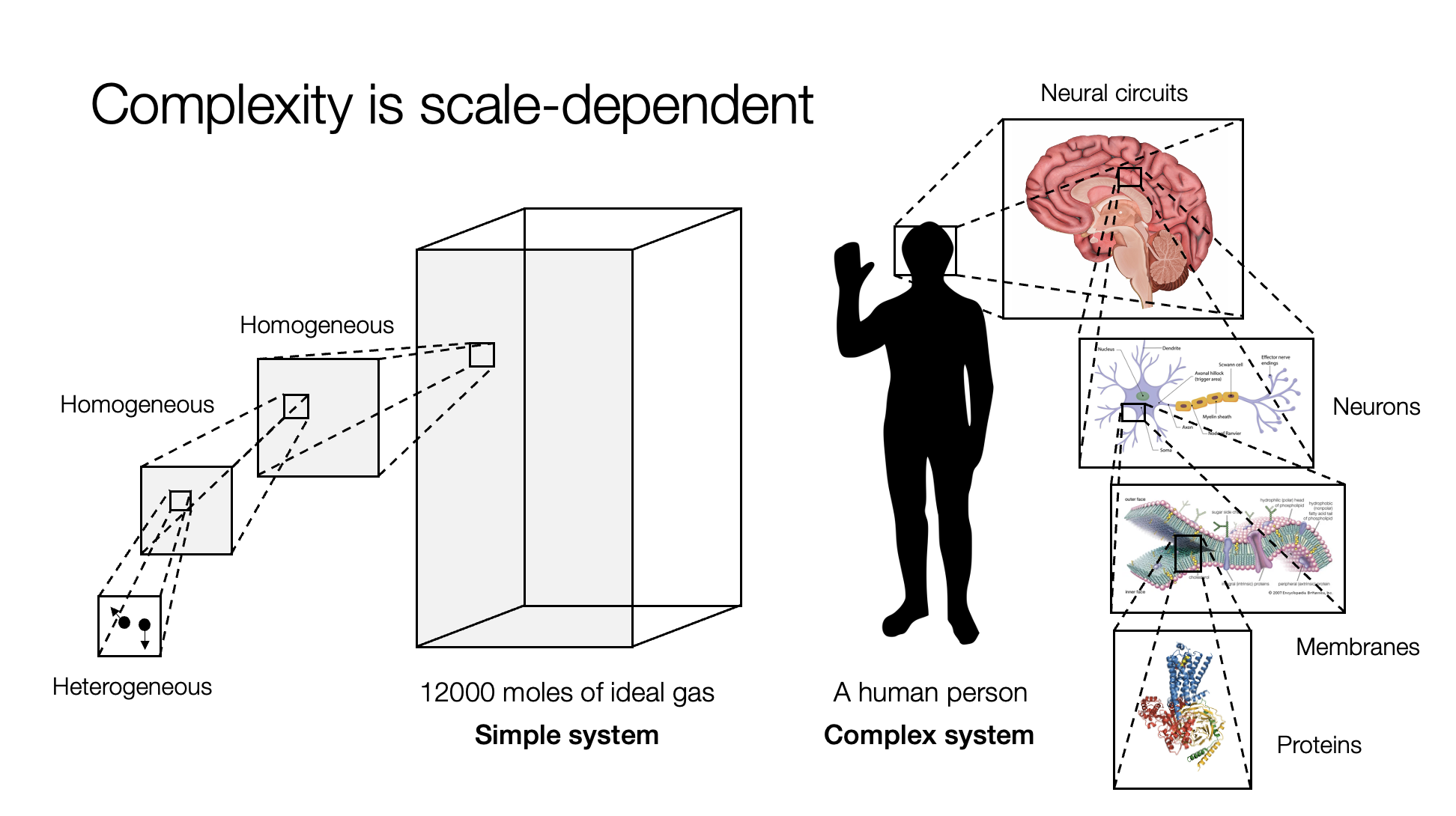
Lecture 6
What is a complex system? We conclude the course by motivating the study of such systems through a discussion of the butterfly effect, ergodicity, scale-dependence, and mean-field descriptions. [download]